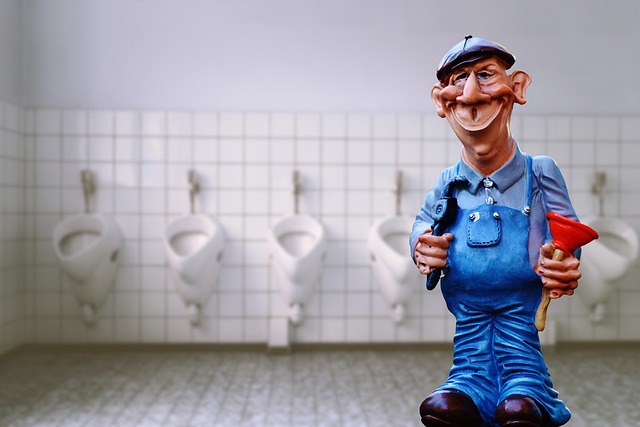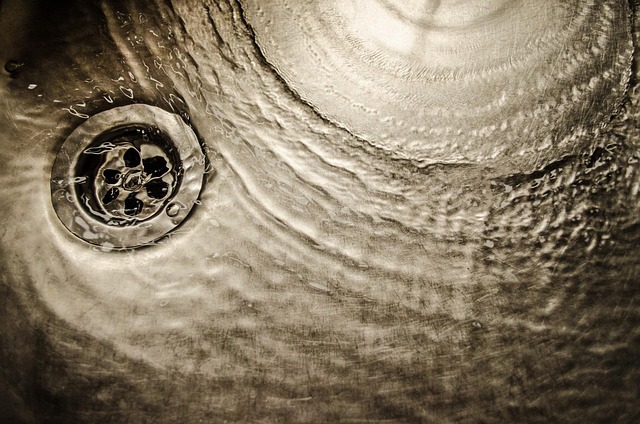Early identification of signs of a clogged drain (slowed drainage, standing water, gurgling) is vital for preventing severe plumbing problems. Common causes include hair, grease, and debris buildup. Act promptly with cleaners or plungers for minor clogs, but severe cases may require professional plumbing services. Regular maintenance and understanding the root cause based on observations (like when issues started and potential contributing factors) are key to effective drain care.
Are you tired of dealing with slow-draining sinks or bathtubs? Learn how to identify subtle signs of a clogged drain before it becomes a plumbing nightmare. This comprehensive guide will walk you through recognizing the signs of a clogged drain, diagnosing the root cause, and providing effective home solutions to unclog your drains swiftly and safely. No more waiting for costly professionals!
- Recognizing Signs of a Clogged Drain
- Diagnosing the Root Cause of the Issue
- Effective Solutions to Unclog Your Drains at Home
Recognizing Signs of a Clogged Drain

Recognizing a clogged drain early on is crucial in preventing bigger plumbing issues down the line. Some common signs of a clogged drain include slowed drainage, where water takes an unusually long time to clear from sinks, tubs, or showers. You might also notice standing water in the basin after running water for a few seconds, or a gurgling sound coming from the drain as water tries to flow through the clog. Slow or stopped water flow is a telltale sign that something is obstructing the pipe, often caused by hair, grease, or other debris that accumulate over time.
Other indicators include bad odors emanating from the drain, especially a putrid smell that persists even after cleaning the area. If you experience these signs of a clogged drain, it’s best to act promptly. Using drain cleaners or plungers can often resolve minor clogs, but for more severe cases, professional plumbing services might be necessary to identify and fix the issue before it worsens.
Diagnosing the Root Cause of the Issue

When it comes to diagnosing a drain issue, identifying the root cause is crucial before attempting any fix. Start by observing and noting the specific signs of a clogged drain. These can include slow drainage, water pooling around the drain, or gurgling sounds coming from the pipes. If you notice any of these signs of a clogged drain, it’s likely there’s an obstruction somewhere in the plumbing system.
Next, consider when the issue first started and if it correlates with specific activities. For example, using certain cleaning products, dumping grease down the sink, or installing new appliances could contribute to clogs. By understanding these patterns, you can better pinpoint the cause, whether it’s a buildup of hair and soap scum, tree roots infiltrating pipes, or a broken pipe needing repair.
Effective Solutions to Unclog Your Drains at Home

Identifying and addressing drain clogs early can prevent more serious plumbing issues down the line. Start by recognizing the signs of a clogged drain, such as slow drainage or water pooling around the sink or bathtub. If you spot these indicators, it’s time to take action.
Fortunately, there are several effective solutions for unclogging drains at home. One simple method involves using a plunger to create suction and dislodge the clog. Another option is to pour baking soda and vinegar down the drain; this combination reacts and can help break up stubborn clogs. For more persistent blockages, consider utilizing a drain snake or auger to physically remove any debris or buildup. Regular maintenance, including cleaning out hair and grease traps, can also prevent future clogs from forming.
If you’ve identified the signs of a clogged drain and determined the root cause, it’s time to take action. Using effective home solutions can often resolve drain issues before they escalate. Remember, proactive maintenance is key to avoiding costly plumbing emergencies. By understanding the basics of drain care, you’re better equipped to navigate any clogs that come your way.
